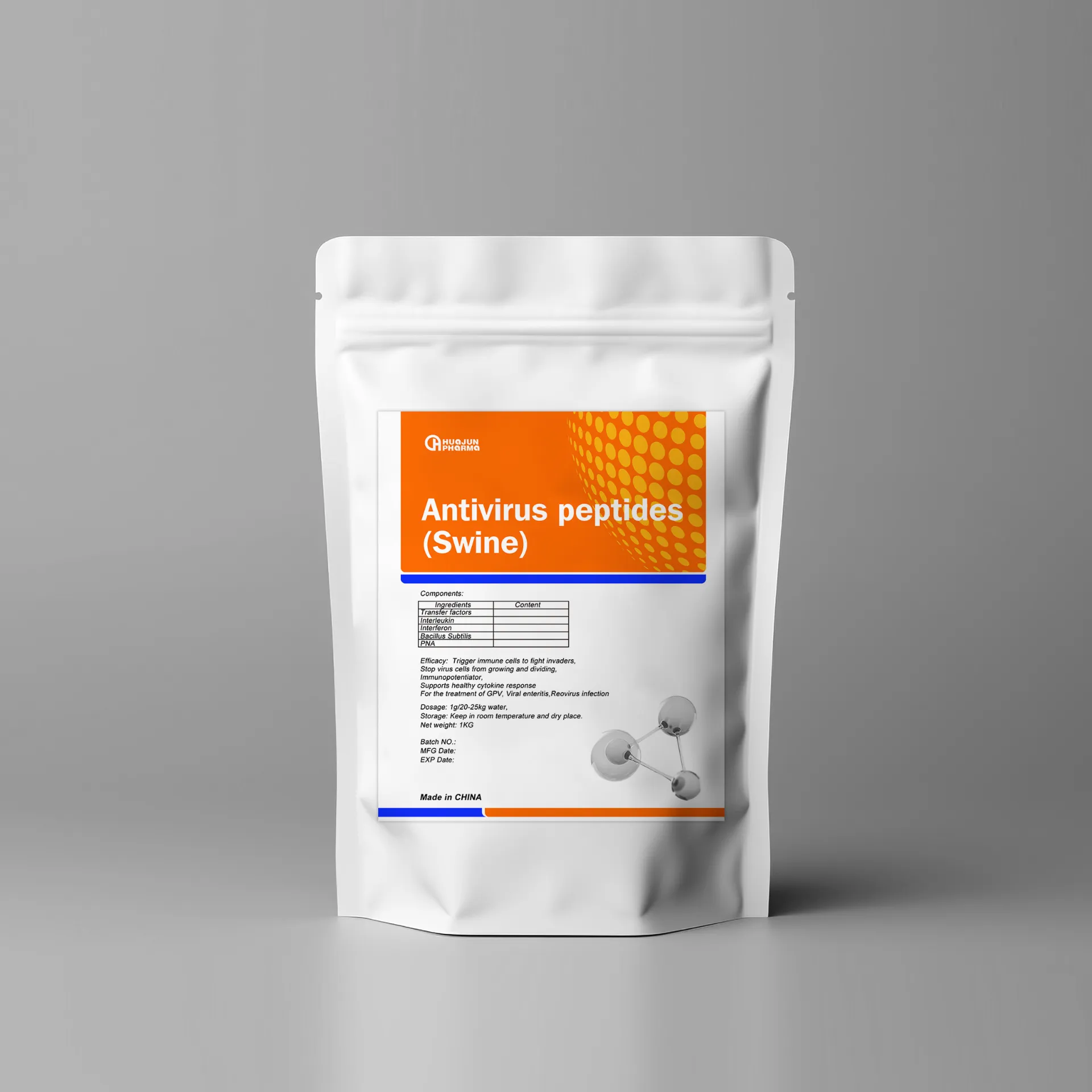
Nov . 29, 2024 10:55 Back to list
Tilmicosin Safety Data Sheet and Factory Information Guide
Understanding Tilmicosin Safety and Handling Guidelines
Tilmicosin is a macrolide antibiotic that is primarily used in veterinary medicine to treat respiratory infections in cattle, swine, and other livestock. It is known for its effectiveness against certain bacteria and is often administered through water or feed. While its use in agriculture contributes to enhanced animal health and productivity, the handling and storage of tilmicosin require strict adherence to safety guidelines. This article will explore the safety data sheets (SDS) associated with tilmicosin, emphasizing its potential hazards and necessary precautions.
Chemical Properties and Hazards
Tilmicosin is classified chemically as a macrolide antibiotic. It appears as a white to off-white powder and is soluble in organic solvents. Due to its antibiotics properties, it is paramount to handle this compound with care. According to the Safety Data Sheets (SDS), tilmicosin may pose risks that include respiratory irritation, skin sensitization, and potential toxicity if ingested. Notably, it is critical to avoid exposure to tilmicosin through inhalation, ingestion, or skin contact.
One of the unique aspects of tilmicosin is its potential cardiotoxicity in non-target species, particularly in humans and certain animal species, if they inadvertently ingest the drug. This characteristic underscores the importance of responsible usage and stringent safety measures.
Safety Precautions for Handling Tilmicosin
When working with tilmicosin, specific protective measures should be followed to minimize exposure
1. Personal Protective Equipment (PPE) It is essential to wear appropriate PPE, including gloves, goggles, and masks. These items will help guard against exposure to tilmicosin powder or aerosols.
tilmicosin msds factory

2. Ventilation Ensure that the work area is well-ventilated to prevent the accumulation of aerosolized particles. If possible, use a fume hood when handling tilmicosin in powder form.
3. Storage Tilmicosin should be stored in a cool, dry place away from direct sunlight. Containers must be tightly sealed and clearly labeled to avoid accidental misuse or exposure.
4. Spill Management In the event of a spill, it is essential to follow the procedures outlined in the SDS. This typically involves wearing appropriate PPE and carefully cleaning up the spilled material, ensuring that it is disposed of according to local regulations.
5. Emergency Procedures In case of accidental exposure, it is crucial to have emergency procedures in place. If inhaled, move the exposed individual to an area with fresh air. If skin contact occurs, wash the area with soap and water. In the event of ingestion, seek immediate medical attention.
Environmental Considerations
Tilmicosin should not be released into the environment, particularly into water sources, as it can have detrimental effects on aquatic life. It is essential to dispose of tilmicosin and its containers according to local environmental regulations to prevent contamination.
Conclusion
Tilmicosin plays a significant role in veterinary medicine, enhancing the health and productivity of livestock. However, with its benefits come responsibilities. Proper understanding and adherence to the safety guidelines outlined in the SDS are crucial for anyone handling this compound. By following best practices for safety, storage, and disposal, we can harness the benefits of tilmicosin while minimizing risks to human health and the environment. Remember, safety always comes first when working with potent substances like tilmicosin.
-
China Salivation AI with GPT-4 Turbo Features
NewsAug.01,2025
-
Epic Sepsis Factories: AI-Driven Detection with GPT-4 Turbo
NewsJul.31,2025
-
Acute Salpingitis and Oophoritis AI Factory
NewsJul.31,2025
-
Premium China Bacillus Subtilis Supplier & Factory Solutions
NewsJul.30,2025
-
Premium Avermectin Supplier in China | Custom Solutions Available
NewsJul.29,2025
-
China Bacillus Subtilis Supplier - Custom Factory Solutions
NewsJul.29,2025




